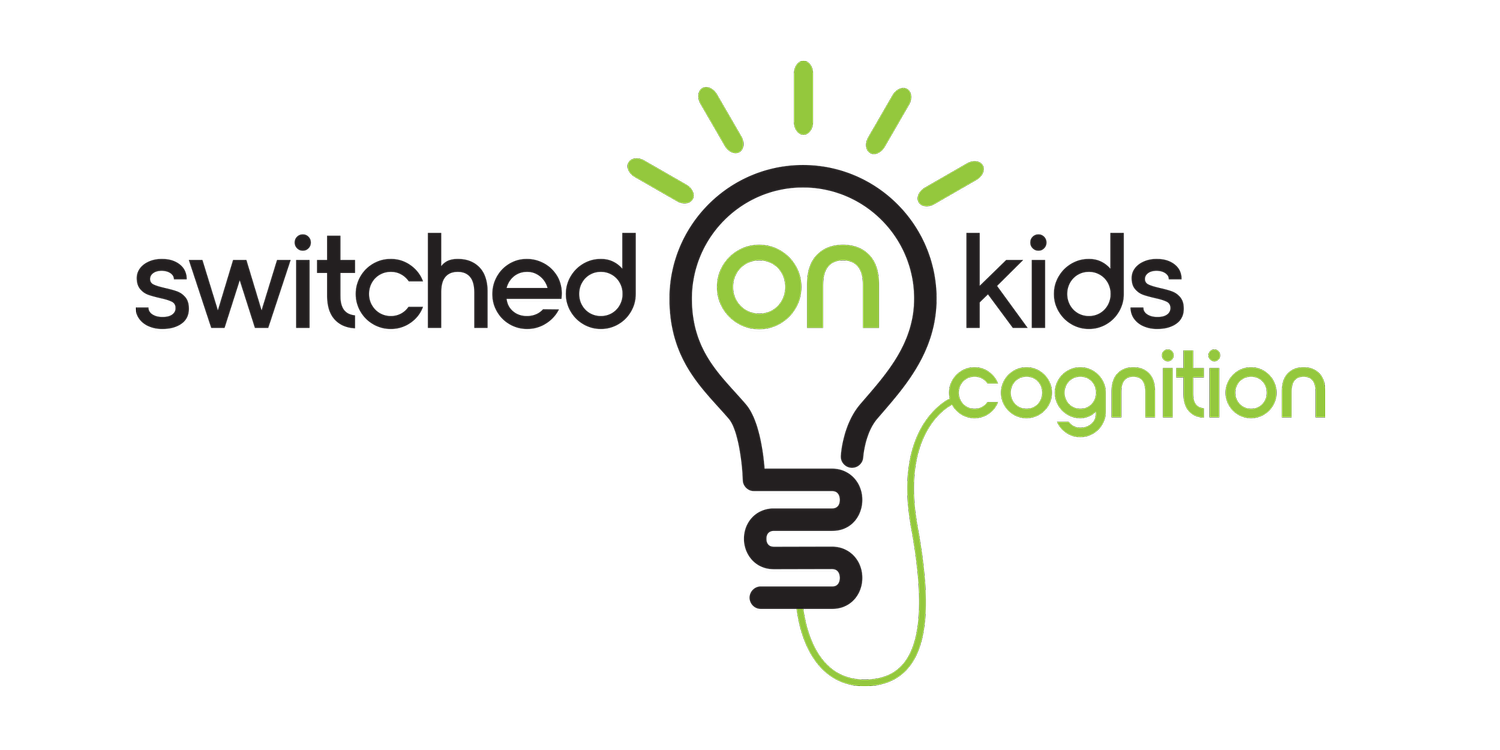The inner voice
Teaching children to listen to their inner voice
I consider language, particularly as it relates to social skills and settings, to be a very high-level executive function skill. We use language to communicate ideas, problem-solve, sweet-talk, manipulate and navigate the real complexity of human relationships. However, we do not only use language when we speak out loud. We also all have our own unique “internal voice” or “inner voice”. Are you aware that you are constantly speaking to yourself and solving problems in your head? Teaching children, particularly those with ADHD or autism to listen to their inner voice can be helpful.
Considered the father of developmental psychology, Leo Vygotsky (1934-1987) coined the term “inner speech” and considered it a vital outcome of a developmental process (inner speech boosts brain connectivity). Inner speech regulates our emotions and the way we think and behave. We use it to rehearse different options and to avoid making impulsive decisions. The ability to talk quietly to ourselves is a vital part of language and increases our problem-solving capacities. We spend a surprising amount of each day in silent conversation with ourselves. As adults, we regularly say to ourselves “Hang on a second, what if…?”.
Children develop an inner voice from an early age. Some research says around the age of 4 (perhaps earlier). Kids begin to become more aware of their inner voice around the age of 7. You will often hear kids around the ages 3-5 talking out loud as they play (this tends to disappear as they get a bit older). Vygotsky observed the way that young children use “private speech” and talk to themselves during play or while performing cognitive tasks. He considered private speech as having a primary role in self-regulation. He argued that throughout development, that private speech becomes internalised and then plays a key role in adulthood in the way we motivate ourselves and regulate emotions (Alderson-Day & Fernyhough, 2015).
Many children are not aware that they have an inner voice and can use it to help them navigate emotions and regulate behaviours. We can encourage kids to be aware of their inner voice by:
1. Ask your child if they can add “7+2” in their head, sing a song silently, or list their three best friends in their head. That is their inner voice.
2. Ask them questions about their inner voice and tell them about how you use your inner voice.
3. Give the inner voice a name, maybe it is the “brain coach” or the “brain monitor”.
4. Ask your child if their inner voice can become more helpful. Can it stop them from saying something impulsive? Can it help them step back from an argument?
5. Are they using their inner voice to repeat information in their head so that they do not forget it? (This strategy is covered in Module 1 of the Switched-On Kids Cognition Program?).
6. Encourage your child to use their inner voice in a kind way to remind them that mistakes are okay.
7. Explain that our inner voice is always there. It never switches off but sometimes it is more obvious than others.
Kids who have expressive and/or receptive language difficulties will, by default, also have “internal language” deficits. Strengthening verbal and non-verbal memory and using self-directed talk is crucial for developing executive function skills. Kids can use their inner voice to help them boost the capacity of working memory. Kids who struggle with anxiety can use their inner voice to remind them that they are safe or to practice different scenarios in their head (this is particularly useful if they need to practice something that might be anxiety-provoking).
One of my favourite resources in this area is Ryan Wexelblatt (a.k.a. the ADHD dude). He has an excellent series of videos that explain ADHD to kids. He introduces the concept of the “brain coach”. This is his term for the constant internal dialogue we have with ourselves that guides the way we behave. He argues that kids with ADHD do not use (or listen) to their brain coach. As parents, we can model the “brain coach” by teaching kids about their inner voice and thinking out loud. I encourage parents to talk to themselves and model key strategies for their children. You are your child’s best teacher. They may not agree, however, when our children see us using a strategy (effectively) they are more likely to use it to their advantage too.
The internal dialogue we have with ourselves has a huge impact in the way we regulate emotions. As adults we have (usually) mastered the art of saying to ourselves “this is not worth the battle” or “I will deal with this later” or “I can walk away from this without getting upset”. It is really rewarding to watch kids benefit from using inner speech to regulate emotions and behaviour. Over time this really helps to boost planning and cognitive flexibility. Are you ready to start practice with your child?
To learn more about my 1:1 services please see HERE.
References
Alderson-Day, B., & Fernyhough, C. (2015). Inner Speech: Development, Cognitive Functions, Phenomenology,and Neurobiology. Psychological Bulletin, 141(5), 931-965.
Vygotsky, L. S. (1978). Mind in society: The development of higher psychological processes. Cambridge, MA: Harvard University Press.


